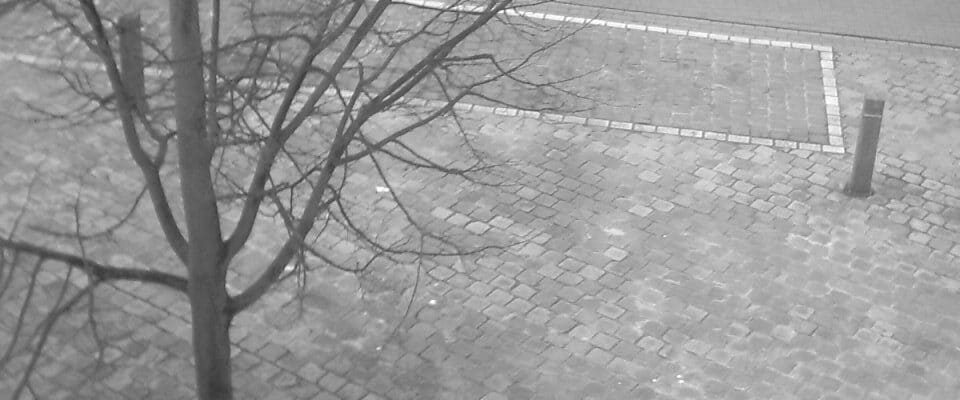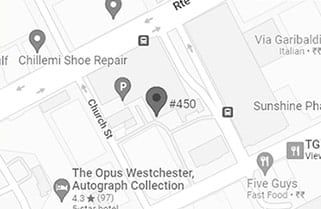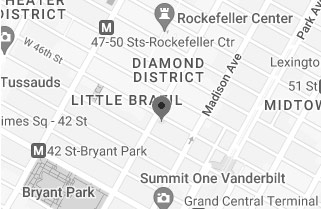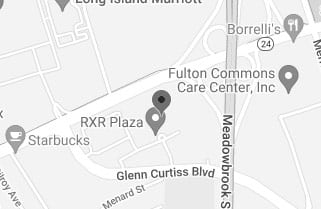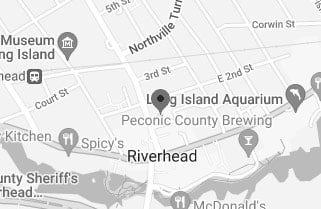In a previous post, we went over the laws governing which party is liable when a plaintiff trips and falls on a defective sidewalk in the City of New York. Brief review: NYC’s Sidewalk Law places liability on “abutting” property owners – those who own the land next to that portion of the sidewalk – with exceptions for one, two, or three family homeowners where the homeowner also resides in the building. (In fact, the excepted homeowners can simply call the City up to perform sidewalk or tree repairs on their property). Here, we will examine ways in which the law treats differently certain features of sidewalks: trees and “tree wells,” grates, and covers of certain other objects like cable boxes.
It makes sense that liability for negligently maintained tree wells (the little area housing one of New York City’s ubiquitous sidewalk trees) is treated differently than liability for the sidewalk as a whole. A business owner, after all, relies on the presence of that sidewalk to give his customers a way to enter his place of business – he benefits directly from the presence of the sidewalk and as such, has an interest in making sure his section of it is well maintained and safe, even if he doesn’t “own” that section. But a tree (for one example) is a bit different: the City likely planted that tree, or it was there before an owner bought the building, and that tree is doing little, if anything at all, to benefit the building owner.
As a brief but interesting aside: any building owner in fact can call up the City and request that a tree be planted on their portion of the sidewalk. Developers of new building are now in fact required to plant trees, though this doesn’t change the liability for those trees we discuss in this post.
Basically, unlike sidewalks themselves, liability for tree wells, gratings (think sewers) and “covers” for cable boxes falls directly on the owner of that tree, grating, or cable box, with no exceptions. For things like sidewalk trees or gratings, this will more often than not mean the City is liable for injuries from negligent maintenance. The reverse is true for cable boxes, which usually are owned by building owners themselves. By law, gratings and covers must be “flush with the surrounding surface.” If they are not, they are considered defective as a matter of law. That means that if such cover or grating is not flush, and someone trips on it, the owner will almost certainly be held liable in a lawsuit.
What does all this mean in practice? In Alexander v. City of New York and LaKane Realty Corporation, plaintiff Ms. Alexander tripped, fell, and injured herself on a broken up sidewalk. The area she fell on was allegedly directly next to both a tree well and a cable box cover. What happened in this case is fairly common for cases of this sort: Ms. Alexander properly sued both the City of New York and the adjacent building owner, reasoning that one or both of these two parties is responsible for the maintenance of this very specific area of the sidewalk. By doing this, a plaintiff allows two defendants to fight the issue out between them. Because Alexander went to the Second Department as an appeal of the Supreme Court’s denial of the defendants’ summary judgment motion, it was incumbent upon the defendants to show the absence of a triable issue of fact. Neither defendant was able to meet this burden.
Here at the Law Offices of Thomas L. Gallivan, PLLC, our New York premises liability lawyers have litigated a large number of sidewalk trip and fall cases. If you’ve been hurt in such an accident, contact our offices for information on how we can help.
